
Your puppy's teething phase can be intense and frustrating. Puppies begin teething around 4 months of age. And they will chew obsessively until they're around 7 months of age. Puppies chew to relieve pain and boredom. Here are some tips to help you both through this frustrating phase.
A Tired Puppy Is A Good Puppy
Properly exercising your puppy will solve many common behavior problems. Wear him out with walks, training, and playtimes. A sleeping puppy can't chew on inappropriate things.
Give your puppy plenty of chew toys. Rope bones and Nylabone products are great for teething puppies. They are durable and safe. Be sure to get the right size chew toy for your puppy. If it is too small, he may choke on it. When in doubt, buy the larger toy.
You can relieve teething pain by offering your puppy freezable toys. A Chilly Bone is a bone-shaped, canvas toy that you soak and freeze. You can also soak and freeze rope toys. Kongs are durable and you can fill them with treats, so your puppy is actually rewarded for chewing on his toy. Don't give your puppy a latex toy.
Clear The Floor
Make sure the floor of any area where your puppy is kept is free of debris. Common household items that are choking hazards include pens and pen caps, paper clips, rubber bands and tiny toys. Keep children's toys picked up. Put electric cords out of puppy's reach.
Close the doors to rooms your puppy isn't allowed to enter. Put the trash can behind a closed door so puppy can't go "dumpster diving". There are many things in your trash can that are harmful to your puppy. If you catch your puppy chewing on something inappropriate, give a firm "No!". Replace that object with something acceptable. Give him lots of praise every time you find him chewing on the right thing.
Use A Crate
Crating is a good way to protect your property and your puppy when you aren't at home to watch him. Proper sizing is important. Puppy should have enough room to stand up without hunching over, to turn around and to lie down comfortably. Give him some toys to chew on. A rope toy and a treat filled Kong will keep him occupied until he falls asleep.
Try Tethering
When done properly, tethering is very helpful when teaching your puppy how to behave in the house. If you're tethering your puppy to a piece of furniture, make sure you can see him at all times. Using his collar and leash, tether puppy to a heavy piece of furniture. The kitchen table or the couch leg are good choices. Provide him with something to lay on and a few safe chew toys for chewing. Praise and reward him for chewing on the right toys.
If you're going to be moving around the house, tether puppy to yourself. Attach the leash to your puppy's collar. Tie the other end to your belt loop. You can keep and eye on your puppy while you move around the house. Don't let your puppy romp freely through the house. Use puppy gates to keep him in the safe areas. A metal or fabric-covered playpen is also a safe place to confine your puppy.
You can spray your shoes and furniture legs with a bitter tasting chew deterrent. Products include Bitter Apple, Bitter Yuck!, and Chew Stop. Sprays alone won't keep your puppy from chewing on inappropriate items. But they can be a big help when used in conjunction with a training program like the one described above.
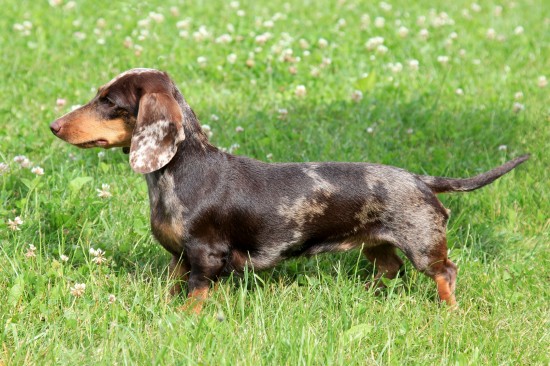 Breed Specific Dog Food - Is It Necessary?
Breed Specific Do
Breed Specific Dog Food - Is It Necessary?
Breed Specific Do
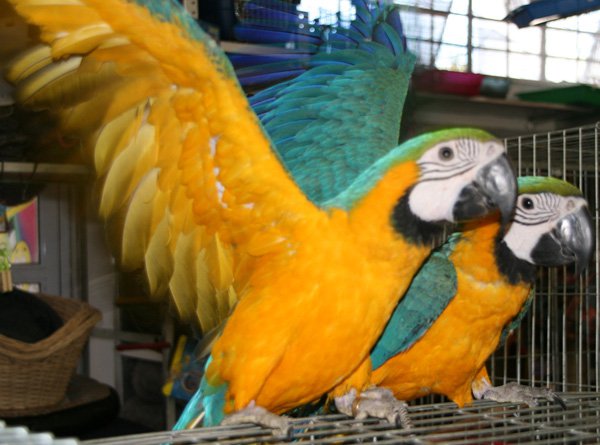 Cichlid pellets the best fish food for cichlids
Cichlid pellets the best fish food for cichlids
Cichlid pellets the best fish food for cichlids
Cichlid pellets the best fish food for cichlids
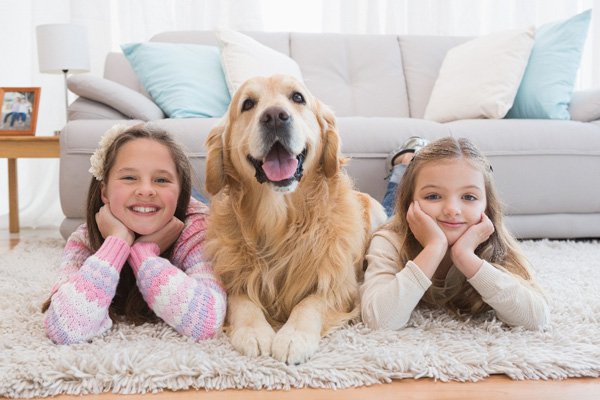 Find Vital Pet Vaccines at Mansfield Animal Hospital
Find Vital Pet Vaccines at Mansfield Animal Hospital
Find Vital Pet Vaccines at Mansfield Animal Hospital
Find Vital Pet Vaccines at Mansfield Animal Hospital
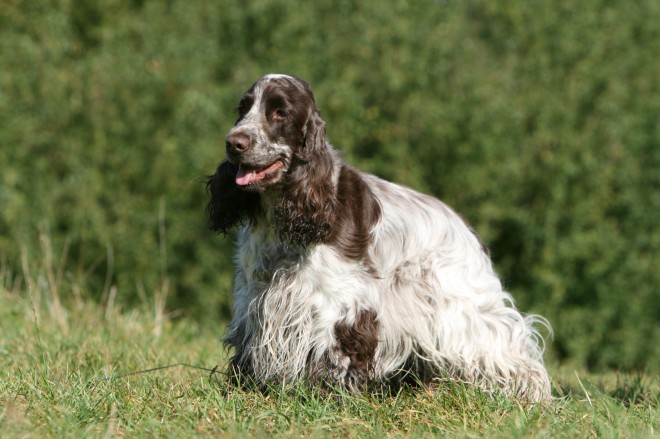 The Lovely Parti-coloured Cocker Spaniel
The Lovely Parti-
The Lovely Parti-coloured Cocker Spaniel
The Lovely Parti-
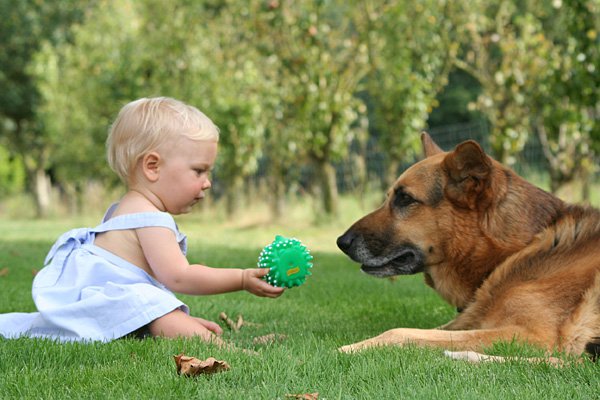 Learn to How to Control the Aggressive Behavior of Dogs!
Learn to How to Control the Aggressive Behavior of Dogs!
Learn to How to Control the Aggressive Behavior of Dogs!
Learn to How to Control the Aggressive Behavior of Dogs!
Copyright © 2005-2016 Pet Information All Rights Reserved
Contact us: www162date@outlook.com